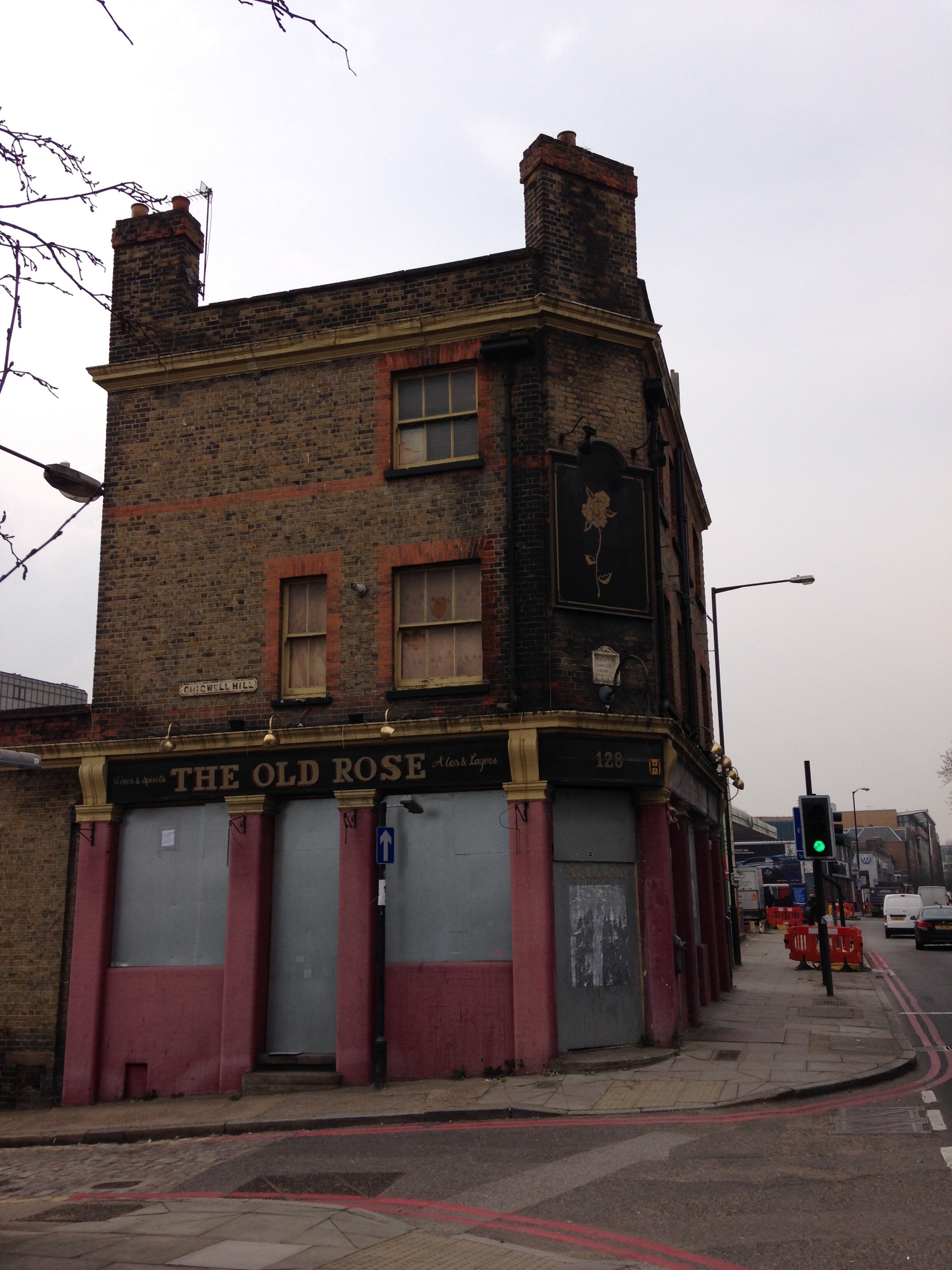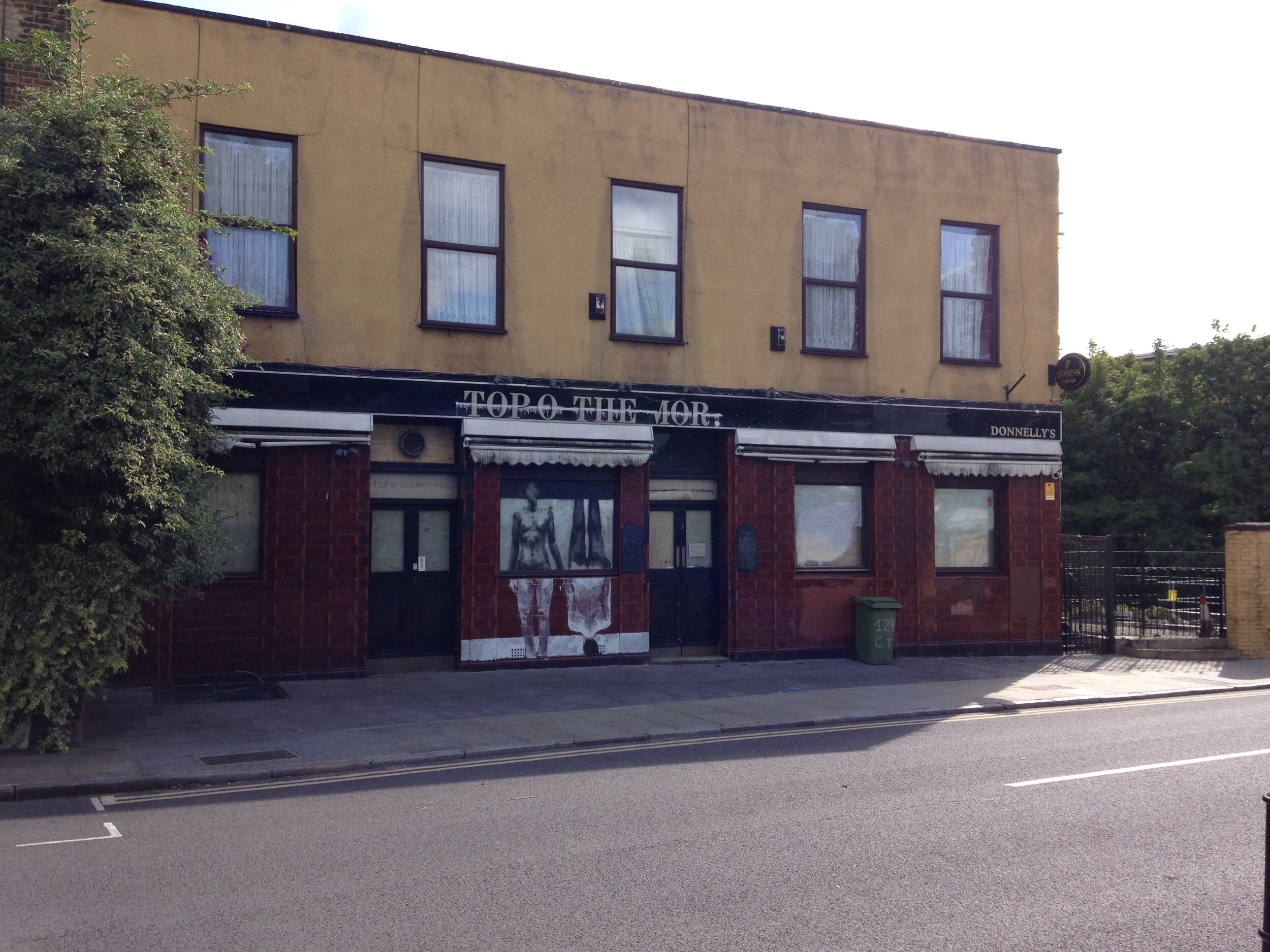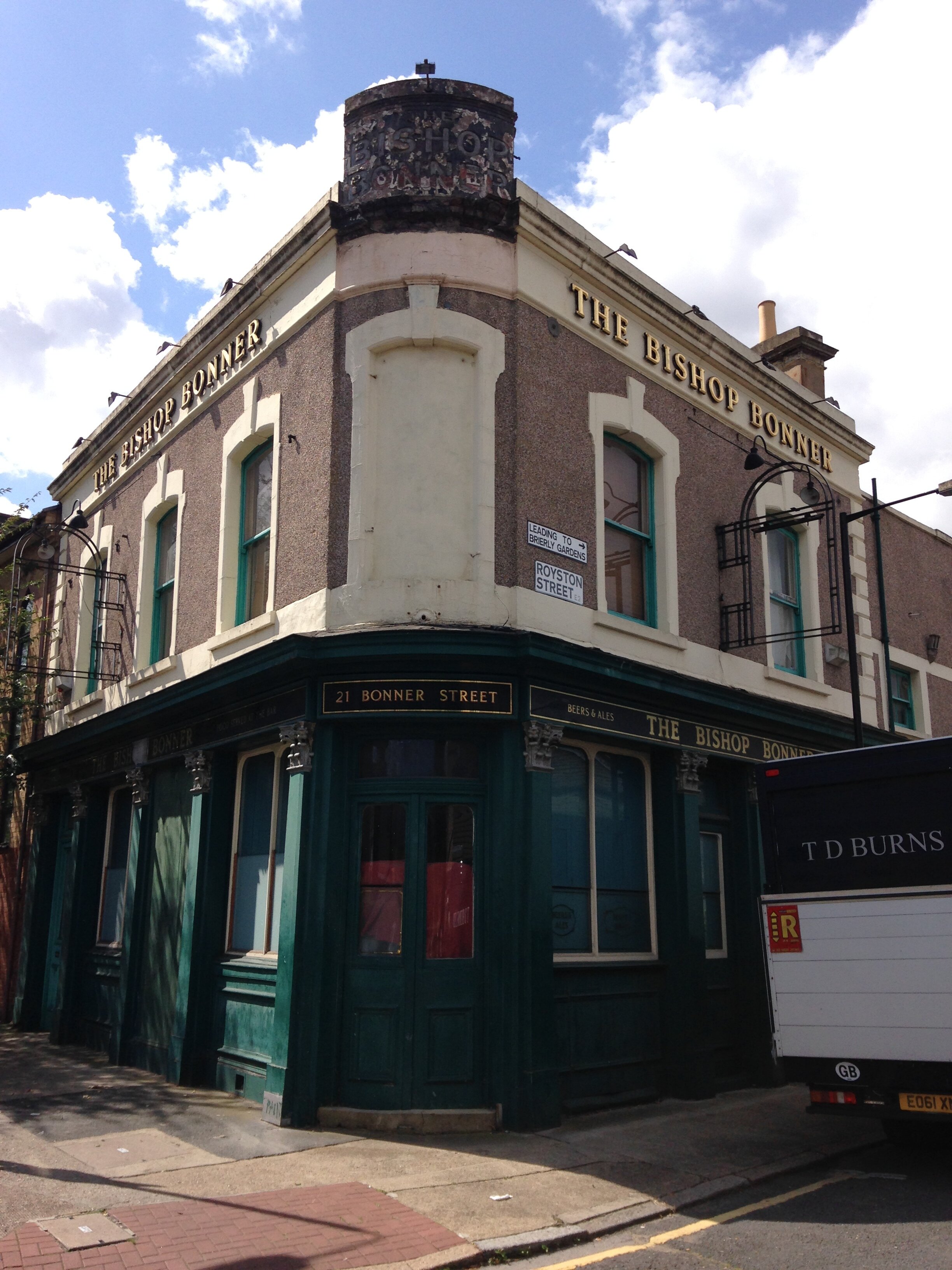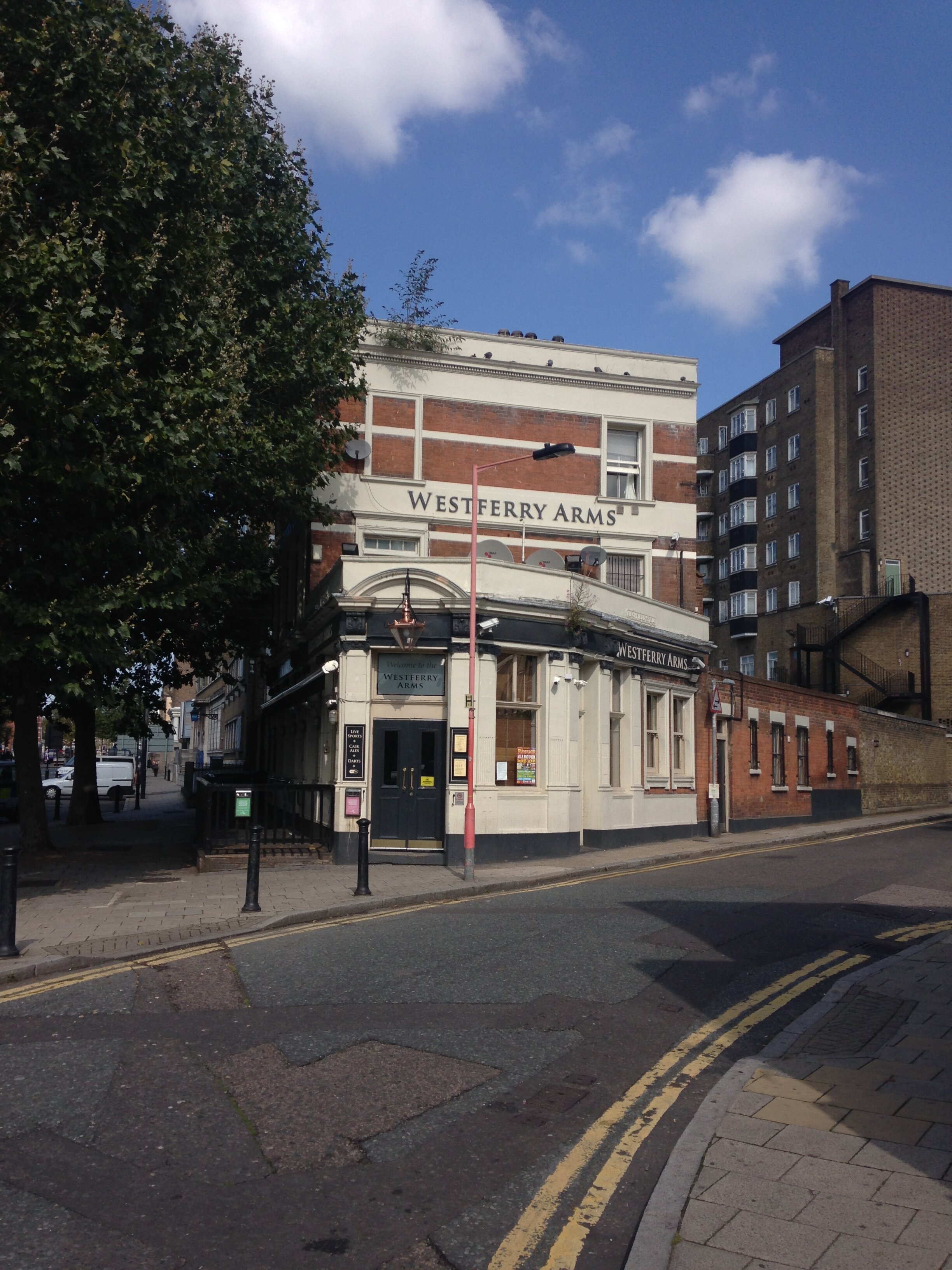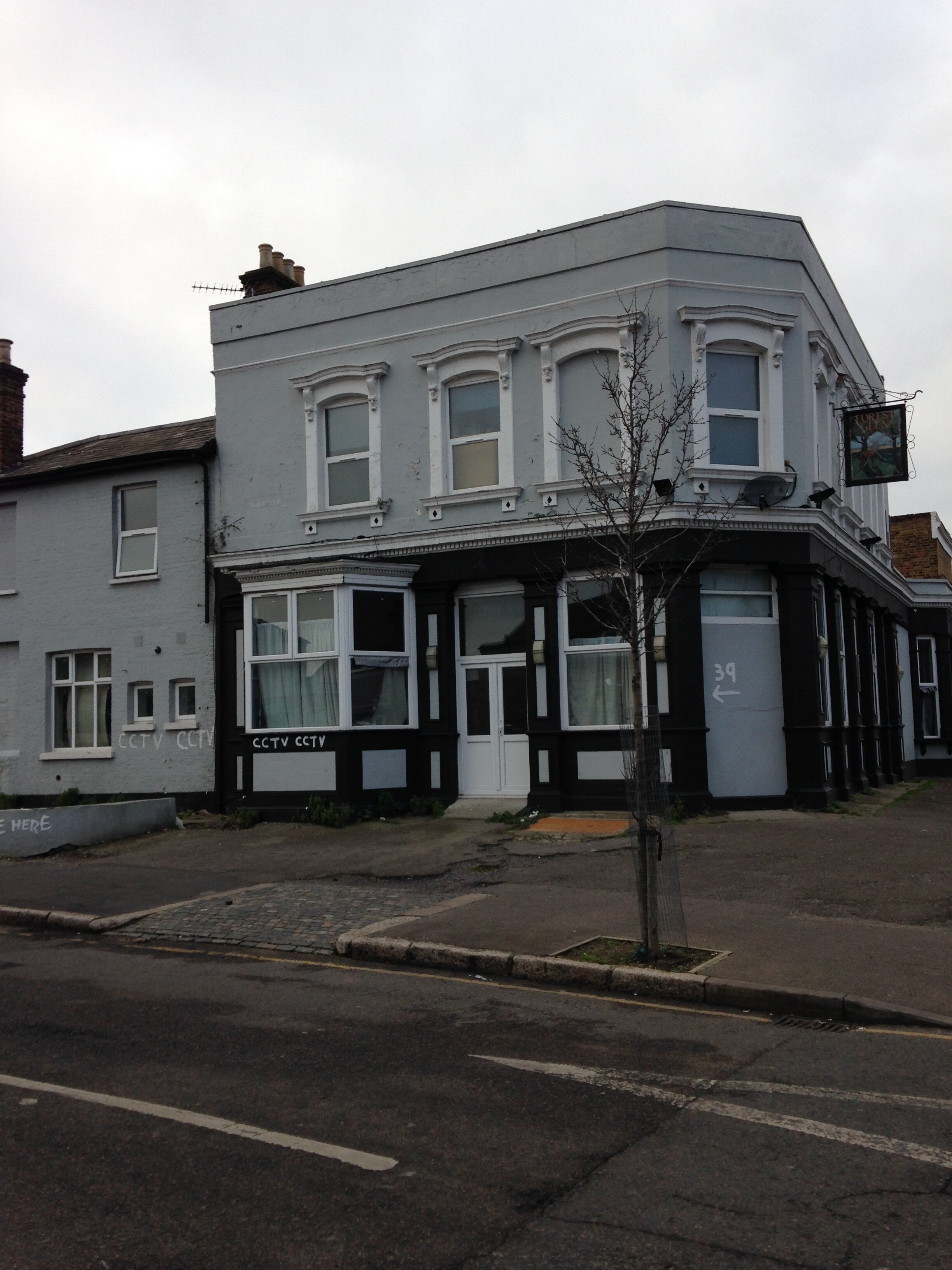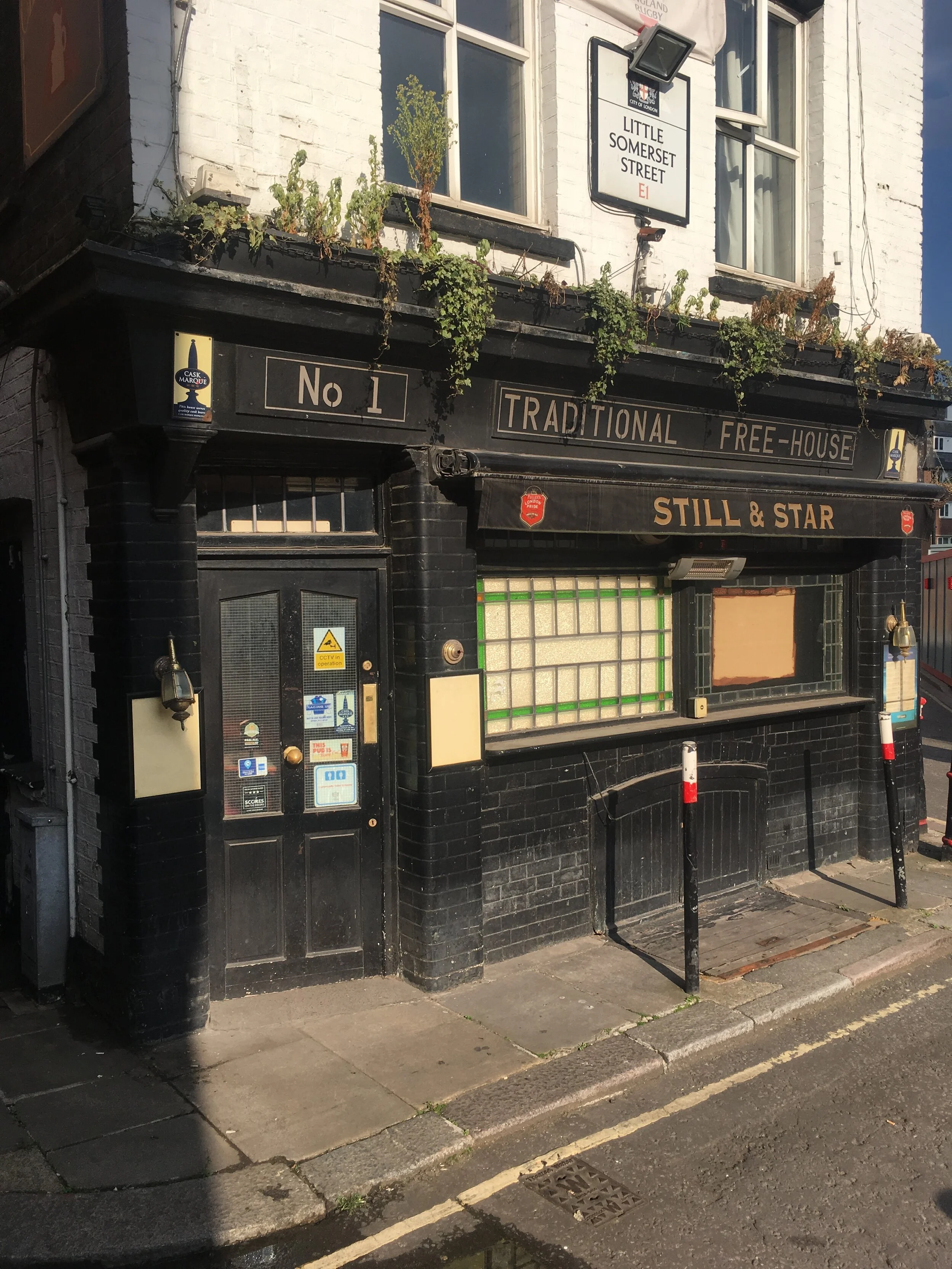Why have so many pubs closed since the beginning of World War II?

In the UK, 8,800 pubs closed between 1980 and 2000, resulting in a drop from 69,000 to 60,200.
Meanwhile, from the turn of the millennium to 2019, 13,600 venues closed, taking the most recent live total to c.47,200 pubs. The volume of closures is accelerating at pace.
Understanding the shrinking London pub landscape is not as easy as attributing one common denominator to explain the ever-increasing volume of closures over the last nine decades.
Pounding the pavements in search of traditional boozers, I have seen the carcasses of scores either rotting on street corners or converted to residential dwellings. This situation tweaked my curiosity for the cause. Extensive research on the subject and analysis of the industry, along with noting the changes in the genetic makeup of the country and evolution of our culture, has led me to believe there are multiple contributing factors to why so many pubs have closed since the start of the Second World War.
Tracing our way back eighty-one years, the start of the Luftwaffe’s Blitzkrieg on UK cities in 1940 was the first antagonist to the demise of the humble drinking den of the masses. Scores of London pubs were destroyed by enemy action. Although many only suffered superficial damage while others were patched up or rebuilt, the conflict marked the start of a seismic change in the landscape. Many damaged pubs remained untouched for years, clinging on like rotting teeth in a diseased mouth until they were eventually pulled out of the ground, extracted to end their misery. If such buildings were not rebuilt after the war into modern estate pubs we see today, their debris was taken away and housing built in their place.
After the war, the damage of the Blitz lingered, and many commentators believe the rebuilding and modernisation of the housing stock acted as the primary catalyst for the traditional inner-city pubs’ demise. Pre-war Londoners lived in tight Victorian or Georgian terracing or trust properties, such as The Guinness or Peabody flats, in estates with narrow staircases and tiny balconies. Living cheek by jowl with their neighbours created a close-knit community with the pub at its centre. In a city of 9 million people in 2021, where people don’t know their neighbours, it is hard to comprehend this level of familiarity. Most people lived and worked within a few square miles, and there was an element of a cradle-to-grave existence where the children you went to school with were your peers during national service, on the factory floor and in the pubs. You knew the people from your neighbourhood your whole life.
Mass destruction of housing stock and a baby boom explosion created the need for housing, and after temporary prefabs were finally retired, many Londoners moved to new high rise flats. The oft-labelled ‘Gardens of the Sky’ spelt the beginning of the end for many Cockneys. Once within touching distance of their neighbours and their local boozer, many suddenly become very isolated up on the 18th floor of a high rise. The relationship with the pub became more distant and segregated. Social problems in the 1970s and 80s saw the social housing skyline shrink once more in the 1990s, but by then, the damage had already been done.
Another consequence of the Blitz was the first migration of East Londoners to new towns in Essex. Communities were fragmented as Cockneys took advantage of promises of a better life in the suburbs with gardens, indoor toilets and cleaner air. Fictional angry Cockney Alf Garnett aside, those that left for Beacontree, Dagenham or Harlow did not return and the deep-rooted generational familiarity of the old neighbours lessened as newcomers arrived.
The decline of local industries also played a significant part in increasing closures. A prime example was the closing of the London docks. Perusing old Ordnance Survey maps around Poplar, Limehouse and the Isle of Dogs, there are hundreds of PH signs on street corners illustrating the presence of a public house in situ. Indeed, on the Isle, there were over 40 public houses as recently as the late 1960s. Today, however, there are only six still trading due to the removal of local labour requirements and those getting off the boats from foreign shores seeking lodgings and a drink. Arguably, there was a saturated market, and this trend was also seen south of the Thames in the wharf areas of Rotherhithe, Bermondsey and Deptford.
Pubs also had limited competition for punters’ hard-earned wages, and until the 1970s, the boozers’ only rivals were music halls (later the cinema), football, the dogs and going to a dance. These leisure pursuits were intrinsically linked with Londoners having a pub drink before and after partaking in them. As the years advanced, other activities such as ten-pin bowling became popular, which expanded to many options ranging from go-kart racing and axe throwing to putting money aside for foreign holidays and excursions out of London, a pursuit which was becoming more easily accessible and affordable. Punters voted with their feet, and there were likely too many pubs in certain areas to remain sustainable.
A primary causes of pub closures in inner residential London is a marked change in demographics. Two boroughs in particular, Tower Hamlets (LBTH) and Newham (LBN), have welcomed predominantly migrants from countries whose culture and religion do not permit the consumption of alcohol.
These two boroughs have seen the most closures since the turn of the millennium. Between 2001 and 2018, 75 pubs, representing 36 per cent of venues in LBTH, closed, while in LBN, 60 pubs, or 57 per cent of venues, rang their final, definitive time bell.
Older indigenous Cockneys moving out to the Home Counties and large numbers of non-drinking migrants have seen LBTH’s population that might enjoy a drink drop to 31 per cent compared to the UK average of over 80 per cent. In neighbouring Newham, the figure stands at 17 per cent. In LBTH, people that do not drink for religious reasons make up 36 per cent of the population, and the reality is that if more non-drinkers move into an area, pubs will struggle to survive due to a lack of custom. An example is Bromley by Bow in the East End of London where only three pubs remain open, whereas in 1995 there were a dozen.
In addition to those settling from predominantly non-drinking nations, migrants from Central and Eastern Europe’s drinking behaviours have also had an impact on pub closures. Many arrive to work, and while plenty move here permanently and fully assimilate into British life using pubs, lots come to graft, and as economic migrants make as much money as possible before departing. As such, after a hard day at work, they’re far more likely to buy off sale drinks from their local deli. Economics are the primary driver here as four cans of beer can often work out the same price as a pint in a pub.
This subject is one many people are reluctant to talk about for fear of being labelled racist or xenophobic, but to ignore it is to avoid an important factor that is just as relevant, in some parts of London, as the others listed. Indeed, in 2018, with one London pub closing every week, City Hall played it very safe, reporting to the BBC that ‘Demolition of pubs has been the most common reason for closure’. While demolition is often the end result for many pubs, it is not the cause, as I hope I have articulated in my analysis.
Along with LBTH and LBN, Croydon and Barking & Dagenham have also seen their number of pubs halve.
Since records began, a staggering 5,028 pubs in London have closed. Certain E postcodes now almost have no pubs at all, and as more people choose not to drink or do so in arenas other than public houses, this trend will most likely continue.
In more modern times, one of the biggest enemies of the humble public house is economics. Crippling business rates, high-priced leases and the beer duty all contribute to challenging the sustainability of the business. Paying 19.08 pence per alcohol by volume (ABV) unit means that on a 5 per cent strength pint, pubs are paying 95.40 pence per litre. This equates to 54 pence per pint. On top of a host of other operating costs, this is seen as the ultimate bind as due to clever accounting, supermarkets can claim back VAT on alcohol if they sell it at cost. They also don’t pay VAT on most foods whereas pubs must. A level playing field does not exist.
Since supermarkets started selling alcohol in the late 1960s, they have unquestionably contributed to the demise of pubs across the country. Hostelries simply could not compete with bargain booze prices and have been paying for it ever since with sharp behaviour change as their own ‘off sales’ couldn’t rival rock bottom prices of supermarket chains. Until the Covid-19 global pandemic off sales had all but disappeared from the London pub landscape.
The evolution of man has also had a part to play, with the decline in drinking growing since the late 1970s and 1980s when people started to become healthier. Jogging became a fad, and gyms were no longer purely for muscle-bound iron pumpers. Society finally took health warnings seriously, more people threw the fags in the bin, increased their exercise regimes and drank less. The days of punters having two to three pints every night on the way home after work decreased as people started to drink less. Combined with a saturated market in many areas, certain wet led pubs were on borrowed time.
This shift in drinking habits has also increased since the early 2010s. Many Millennials do not drink and there just isn’t a high demand for pubs; many of those that do drink are often new to an area, rarely mix with the Cockney natives and favour cocktail bars and taprooms over a wet-led backstreet boozer.
The smoking ban in 2007 also had a significant effect on pubs and drinking demographics. In Central Business Districts (CBD) and affluent gentrifying areas with a stronger focus on food, the impact would have been minimal and likely seen an increase in takings as pubs began to serve a more cosmopolitan healthier society. However, in wet-led boozers in heavily working-class areas the ban almost certainly harmed revenue and altered drinking habits. Although most punters continued to visit pubs, many did so less frequently. The attractive low pricing offered by supermarkets proved far more cost-effective for those on low incomes; such a demographic, according to the Office of National Statistics in 2016, are also four times as likely to smoke in England’s most deprived areas.
Any figures on the impact of the ban are hard to quantify and prove, but most observers believe the ban affected wet pubs. You can witness it in heavily residential traditional working-class parts of London where the sheer volume of dead pubs is in stark contrast to more affluent areas. As with each cause for closure and demise, other contributing factors come into play, but since 2007, the smoking ban particularly affected the East End and South London’s low-income indigenous pub stock.
The final two reasons ultimately go hand in hand and prove divisive as to the extent of their impact. Since the late 1980s, property in areas that traditionally housed predominantly poor indigenous working-class communities and immigrants started to increase in value. This was the first time real estate in these areas was coveted, and properties became attractive to developers, especially on the fringes of the city. One of the first to see initially cheap real estate value rise was Islington. Once a traditional working-class North London area populated by Londoners and Irish immigrants, the area became progressively more bourgeois. Despite many social housing estates remaining, the area is unrecognisable today from the 1980s. A seismic shift in demographics, with the native working-class inhabitants being replaced by a predominantly middle-class of people from the home counties. Market traders and street sweepers were replaced by affluent bankers and white-collar workers. The amenities rapidly started to change to reflect this as more upmarket and refined eateries, shops and drinking establishments began to appear. Camden, although always having an air of respectability prior to its 1960s bohemian boom, was followed by the gentrification of Shoreditch, Hoxton and Bethnal Green.
As old Londoners moved out to the suburbs or the home counties, within the transition period in the late 1980s, 1990s and early years of the millennium many of the pubs started to fail. A combination of factors contributed, with a key one being that many new arrivals did not drink alcohol due to religious reasons. Thus, as the old Cockneys died out or migrated, younger drinkers weren’t there to replace them.
Shark property developers could pick up multiple bargains and either convert old pub hulks into flats and HMOs or demolish and rebuild them. Either approach would change the aesthetics of a neighbourhood. The profits of such enterprises were huge as the areas became more attractive to younger and more affluent ABC1 socio-economic demographic buyers and renters not native to the area.
Gentrification is naturally a divisive point, and it tends to shift an area from places that people traditionally didn’t want to live but now do into areas in which the natives can’t afford to live. This change sees a further population shift as many who lived in an area their whole lives had to leave for more affordable housing. Many commentators view this as social cleansing with cash on the hip new arrivals pushing out those that had been there for decades, forever altering the fabric of communities. During transition periods, such transformations often create a lack of social cohesion and an unsettling mix of distrust from the different types of resident. Resentment by both parties did on occasion fester and cause tensions.
Although gentrification is divisive, one thing it certainly achieves in twenty-first-century London is saving pubs. New middle-class arrivals to the capital grew up in an era with pub culture in their lives and wish to replicate that in their new surroundings. Pubcos and independents have reacted quickly and either relaunched closed pubs or altered old wrecks to meet the demand of this new upwardly mobile demographic. Craft beers suddenly started to pop up in once-grotty East End pubs alongside pizza ovens and £20 roast dinners. Old bars were opened up to create space, sofas added to a backdrop of seemingly universal grey paint and blasted brickwork.
Sadly, this shift often alienates the stalwart Cockney drinker as ‘their boozer’ and its clientele has suddenly become a drinking arena where they are a stranger to the other customers, and the beer has gone up £1.50 a pint. Somewhere that once was a warm enclave of snug bars, mushroom stools, and dark velvet began to feel more like a wine bar or hotel lobby. Again, this change creates resentment and accusations of a targeted class war by pubcos forcing out the old and courting the new out-of-towner pound.
However, as ageing Cockneys shuffle off the mortal coil, or to leafy Essex, it's important to remember that new arrivals, with different tastes, are the new lifeblood of the pub industry. Despite this, a bitter taste remains for many who feel discarded and not valued after keeping pubs alive for decades when nobody else would.
Due to a marked change in demographics in areas where many new arrivals did not drink there was little resistance to developers and the desolation of the pub landscape. Developers could and did ride roughshod over councils and communities because there was limited protection against demolition or applications for a change of use. Despite British Heritage and CAMRA banging the preservation drum, the hundreds of closed pubs, particularly from the mid-1990s when pubcos began selling off many failing venues, still haunt street corners all over London.
Slowly, legislation to protect these treasures was introduced. In England, an asset of community value (ACV), where land or property of importance to a local community is subject to additional protection from development under the Localism Act 2011, came in. Voluntary and community organisations can now nominate a venue to be included on their local authority's register of an asset of community value. So far, over 900 English pubs have been listed and fifteen have been purchased through a Community Right to Bid to run the pub as a local cooperative. According to the Plunkett Foundation, who help communities to save pubs, there are 137 community owned pubs currently trading in the U.K. with 11 more set to open in 2021/22. An ACV places a five-year protection period on the pub and gives the community a fighting chance of securing the survival of their treasured local.
Pleasingly, certain London boroughs have also finally become hotter on protection. The London Borough of Waltham Forest (LBWF) has long been preservation pioneers, as recently demonstrated with the enforcement and successful challenge to the Planning Inspectorate to keep The Antelope in Leyton as a pub. The owner must now reconverted what had become a large HMO block back into a functioning pub ready for an operator or co-op to take on board (see The Antelope, Leyton in pub musings for full details).
In July 2019, the London Borough of Tower Hamlets (LBTH), one of the slowest off the mark after allowing the near-annihilation of pubs in their authority with hundreds of closures over the last three decades, eventually got with the programme in recognising pubs’ vital social, historical and community importance. LBTH identified and listed 35 pubs - almost a third of the borough's hostelries – as assets of local importance. This listing finally gave protection to buildings not considered grand or historically valuable enough to be registered by Historic England. It means developers wanting to build around them will have to ensure they preserve the pub and its characteristics.
Although LBTH is believed to be the first local authority in the country to offer protection to dozens of pubs at the same time, many residents believe this intervention to be too little too late, and that LBTH have stood back and tolerated the erosion of Cockney culture in the East End. Although there are and were a few dogged campaigners from within fighting the good fight, with their hands tied behind their backs, many planning officers and former borough officials over the decades should hang their heads in shame for allowing multiple changes of use and the demise of the pub in the borough.
Certain commentators label the death of East End pubs as cultural erosion. Even accepting that trends and fashions change, as shown by the loss of all but one Music Hall, the majority of inner London dog tracks, Speedway, many pie and mash shops and hundreds of pubs, it seems the traditional working class Cockney way of life and its pursuits have have almost vanished for ever.
To use an old cliché, what is certain is that if in the here and now, Londoners don’t collectively support their pubs the ‘use it or lose it’ mantra will never become more of a self-fulfilling prophecy.
How the post-Covid landscape will look in 5, 10 or 20 years time is unknown? As new trends or old ones are brought back to life, could it be pubs reconnecting with their pre-war soul, focusing on bringing the community together again after the isolation of Covid that will be the ones that really thrive? Watch this space

